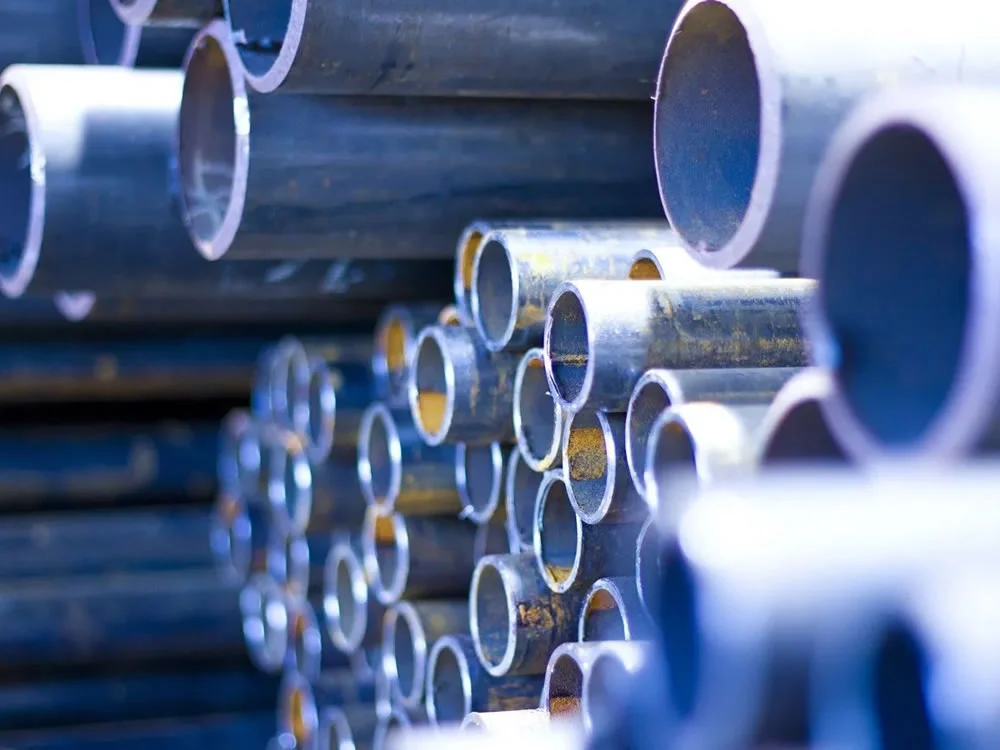
High-strength Pipes For Construction And Industrial Frameworks
Other structural pipes provide high strength and versatility for construction, infrastructure, and industrial frameworks, ensuring durability and cost-efficiency.
High-strength Pipes For Construction And Industrial Frameworks
Other structural pipes provide high strength and versatility for construction, infrastructure, and industrial frameworks, ensuring durability and cost-efficiency.
Other Structural Pipes are robust steel pipes designed for use in construction, infrastructure, and industrial applications, providing exceptional strength and durability. These structural steel pipes are engineered to support heavy loads, resist environmental stresses, and ensure long-term reliability in projects like buildings, bridges, towers, and scaffolding. Conforming to standards such as ASTM A500, ASTM A53, and EN 10219, they are ideal for structural frameworks, piling, and other load-bearing applications.
Manufactured through seamless or welded processes, carbon steel structural tubes are typically made from carbon steel (e.g., AISI 1020, A36) or low-alloy steel, offering high tensile strength and versatility. Available in sizes from 1/2” to 48” (DN15–DN1200) with wall thicknesses from SCH 10 to SCH XXS, these pipes can be customized with coatings like zinc galvanizing or epoxy to enhance corrosion resistance. Their robust construction ensures resistance to mechanical stress, making them suitable for dynamic loads in construction and industrial settings.
Welded structural pipes undergo rigorous testing, including tensile, bending, and hydrostatic tests, to ensure compliance with industry standards. With tensile strengths ranging from 400 MPa (A36) to 550 MPa (A500 Grade C), they provide excellent load-bearing capacity. Surface treatments such as galvanizing or black oxide coating protect against rust and environmental degradation, extending service life in harsh conditions. These pipes are available in round, square, or rectangular profiles to meet diverse project requirements.
Compared to other piping types, Other Structural Pipes offer a cost-effective solution for structural applications due to their high strength-to-weight ratio and ease of fabrication. They can be welded, bolted, or cut to fit specific designs, making them versatile for construction projects like stadiums, warehouses, and marine structures. Their ability to withstand seismic loads and wind forces makes them a preferred choice for infrastructure in challenging environments.
By addressing challenges like structural instability, corrosion, and high costs, high-strength structural tubes provide reliable solutions for engineers and builders. Whether used in high-rise buildings, bridges, or industrial frameworks, these pipes deliver unmatched performance, safety, and longevity, making them essential for modern construction and infrastructure projects.
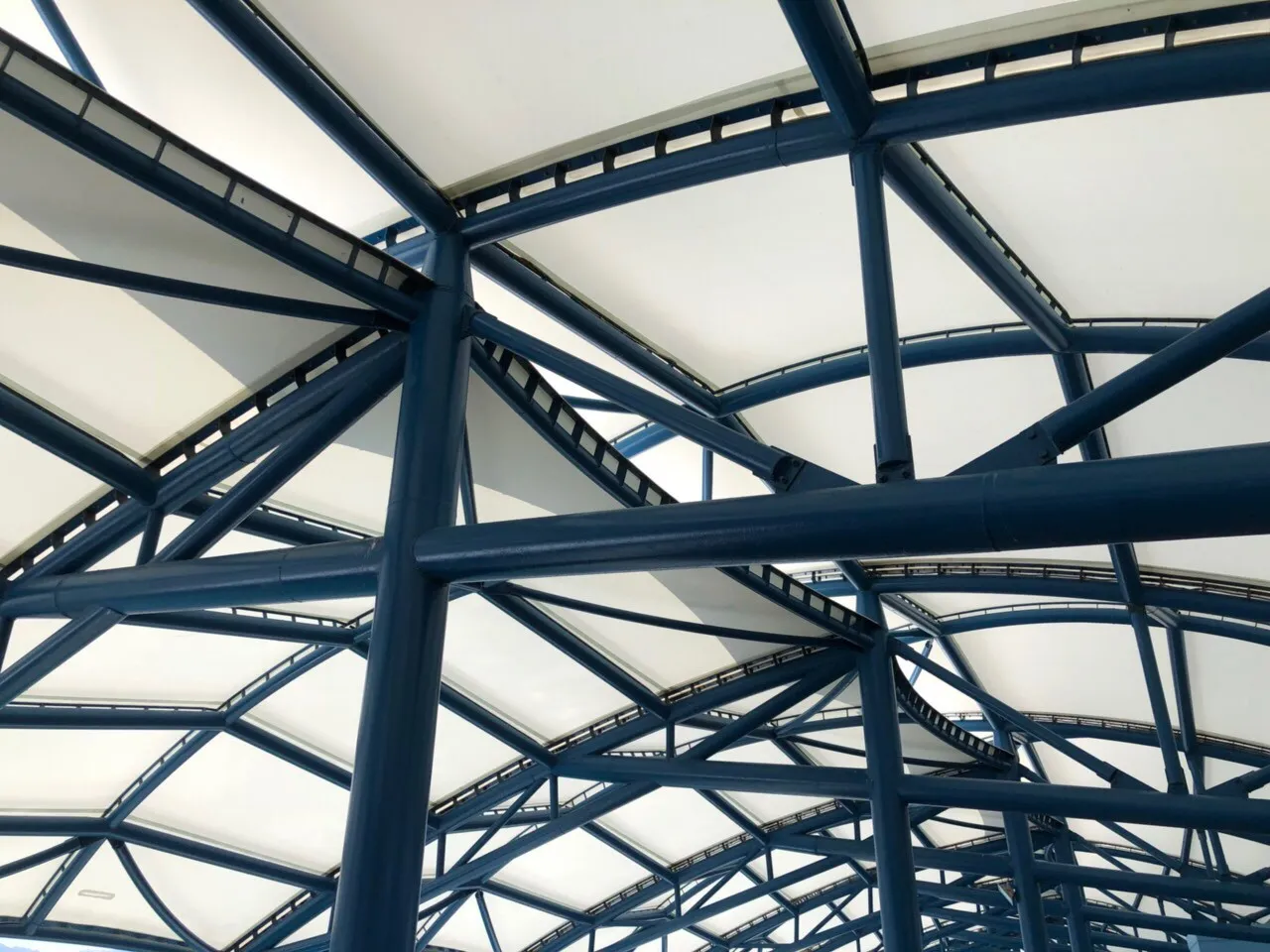
Structural Steel
Structural steel pipes are robust steel tubes engineered to meet strict standards for strength and durability, ideal for construction applications like building frameworks and supporting heavy machinery.
These pipes, often seamless or welded, adhere to standards like ASTM A500 or A53, ensuring optimal chemical composition and mechanical properties for diverse structural uses.
Manufactured via hot rolling (seamless) or electric resistance welding (ERW), they offer high tensile strength, corrosion resistance with coatings, and undergo rigorous quality control for reliability.
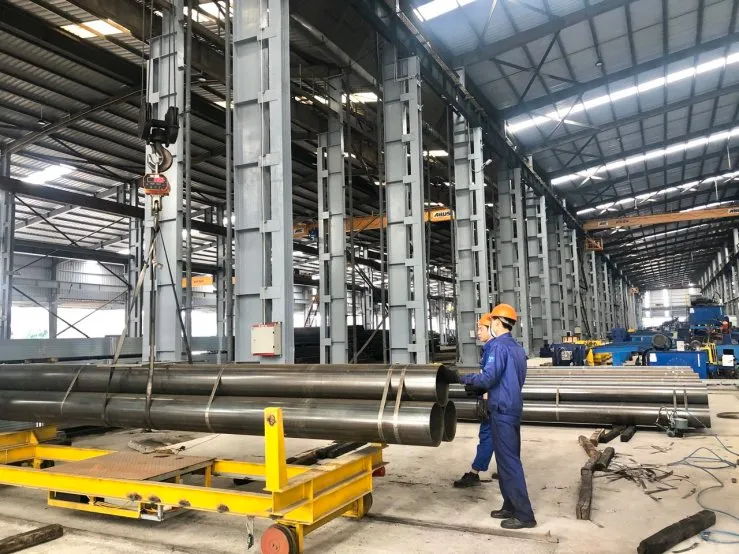
Quality Control
Quality control ensures structural steel pipes meet rigorous standards for reliability, using advanced testing to detect defects and verify performance under stress.
Rigorous non-destructive testing (NDT) methods, like ultrasonic testing, radiographic testing, and magnetic particle inspection, identify internal and surface flaws without compromising pipe integrity.
Hydrostatic and pressure testing confirm the pipes’ ability to withstand operational stresses, ensuring safety and durability in construction applications.
| Abbr. | Corresponding | Application |
|---|---|---|
| A500 | ASTM A500 / A500M | Specification for Cold-Formed Welded and Seamless Carbon Steel Structural Tubing in Rounds and Shapes |
| A501 | ASTM A501 / A501M | Specification for Hot-Formed Welded and Seamless Carbon Steel Structural Tubing |
| A847 | ASTM A847 / A847M | Specification for Cold-Formed Welded and Seamless High Strength, Low Alloy Structural Tubing with Improved Atmospheric Corrosion Resistance |
| A618 | ASTM A618 / A618M | Specification for Hot-Formed Welded and Seamless High-Strength Low-Alloy Structural Tubing |
| Usage | OD(mm) | WT(mm) | Steel Grade | Standard/ Specification | Application Fields |
|---|---|---|---|---|---|
| Structural Pipe | 42-760 | 4-120 | 20#, 35#, 45#, Q345A/B/C/D, Q390, Q420, 25Mn, 27SiMn etc. | GB/T 8162 | General structural and mechanical pipe |
| Vehicle Pipe | 45-245 | 4-35 | 20Mn2, SAE1527, MZ410R, MZ530R, 30Mn2, 40Cr, 45Mn2 etc. | Technical agreement, YB/T5035 | Pipe used for automobile axle and automobile semi-shaft |
| Mold Pipe & Tube | DN200-DN1200 | - | 21CrMo10, 21CrMo10-2 etc. | Q/OHAD030, technical agreement | Centrifugal graphite casting-iron pipe mold |
| Military Pipe | 42-760 | 4-120 | 30Cr, 40Cr, 35CrNi1MoA etc. | National military standard, agreement | Pipe for military use |
| Geology Drilling Pipe & Tube | 42-133 | - | DZ40, DZ55, STM-R780, DZ60 etc. | Q/OHAD006, GB/T 9808, agreement | Drilling pipe |
| Hydraulic Support Pipe | 42-760 | 4-120 | 20#, 35#, 45#, 27SiMn, 30MnNbRE, 30CrMnSi, 30CrMnSiA etc. | GB/T 17396, technical agreement | Making hydraulic equipment for coal mine exploitation and hydraulic cylinder and piston for truck crane |
| Fluid Transmission Pipe & Tube | 42-760 | 4-120 | 20#, Q345, Q390 etc. | GB/T 8163, technical agreement | Pipe & tube used for fluid transmission |
Note: Steel pipe can be developed and produced to meet the users’ personalized requirements according to their demands.
Steel pipes come in a wide variety of sizes and grades, making them highly versatile. Here are key structural applications that highlight their adaptability and strength.
The construction industry prioritizes safety and durability, especially for heavy-load structures. Steel pipe casings enhance soil friction and stability for concrete pile foundations.
Steel pipe casings protect utility lines—including water, gas, electrical, and fiber optics—from natural and human-induced damage, ensuring infrastructure integrity.
Steel pipes joined with fittings create strong, fire-resistant scaffolding that supports workers and equipment safely during construction or maintenance.
Used as poles for electrical lines, traffic signs, and street lighting—they offer long-term weather resistance and structural reliability.
Steel pipe fencing enhances safety and impact resistance—used in pedestrian walkways, livestock enclosures, and residential security barriers.
Commonly used in malls, buildings, and industrial facilities—pipe handrails support stairs, ramps, and fall protection systems with high strength and durability.

Structural Steel
Structural steel pipes are robust steel tubes engineered to meet strict standards for strength and durability, ideal for construction applications like building frameworks and supporting heavy machinery.
These pipes, often seamless or welded, adhere to standards like ASTM A500 or A53, ensuring optimal chemical composition and mechanical properties for diverse structural uses.
Manufactured via hot rolling (seamless) or electric resistance welding (ERW), they offer high tensile strength, corrosion resistance with coatings, and undergo rigorous quality control for reliability.

Quality Control
Quality control ensures structural steel pipes meet rigorous standards for reliability, using advanced testing to detect defects and verify performance under stress.
Rigorous non-destructive testing (NDT) methods, like ultrasonic testing, radiographic testing, and magnetic particle inspection, identify internal and surface flaws without compromising pipe integrity.
Hydrostatic and pressure testing confirm the pipes’ ability to withstand operational stresses, ensuring safety and durability in construction applications.
| Abbr. | Corresponding | Application |
|---|---|---|
| A500 | ASTM A500 / A500M | Specification for Cold-Formed Welded and Seamless Carbon Steel Structural Tubing in Rounds and Shapes |
| A501 | ASTM A501 / A501M | Specification for Hot-Formed Welded and Seamless Carbon Steel Structural Tubing |
| A847 | ASTM A847 / A847M | Specification for Cold-Formed Welded and Seamless High Strength, Low Alloy Structural Tubing with Improved Atmospheric Corrosion Resistance |
| A618 | ASTM A618 / A618M | Specification for Hot-Formed Welded and Seamless High-Strength Low-Alloy Structural Tubing |
| Usage | OD(mm) | WT(mm) | Steel Grade | Standard/ Specification | Application Fields |
|---|---|---|---|---|---|
| Structural Pipe | 42-760 | 4-120 | 20#, 35#, 45#, Q345A/B/C/D, Q390, Q420, 25Mn, 27SiMn etc. | GB/T 8162 | General structural and mechanical pipe |
| Vehicle Pipe | 45-245 | 4-35 | 20Mn2, SAE1527, MZ410R, MZ530R, 30Mn2, 40Cr, 45Mn2 etc. | Technical agreement, YB/T5035 | Pipe used for automobile axle and automobile semi-shaft |
| Mold Pipe & Tube | DN200-DN1200 | - | 21CrMo10, 21CrMo10-2 etc. | Q/OHAD030, technical agreement | Centrifugal graphite casting-iron pipe mold |
| Military Pipe | 42-760 | 4-120 | 30Cr, 40Cr, 35CrNi1MoA etc. | National military standard, agreement | Pipe for military use |
| Geology Drilling Pipe & Tube | 42-133 | - | DZ40, DZ55, STM-R780, DZ60 etc. | Q/OHAD006, GB/T 9808, agreement | Drilling pipe |
| Hydraulic Support Pipe | 42-760 | 4-120 | 20#, 35#, 45#, 27SiMn, 30MnNbRE, 30CrMnSi, 30CrMnSiA etc. | GB/T 17396, technical agreement | Making hydraulic equipment for coal mine exploitation and hydraulic cylinder and piston for truck crane |
| Fluid Transmission Pipe & Tube | 42-760 | 4-120 | 20#, Q345, Q390 etc. | GB/T 8163, technical agreement | Pipe & tube used for fluid transmission |
Note: Steel pipe can be developed and produced to meet the users’ personalized requirements according to their demands.
Steel pipes come in a wide variety of sizes and grades, making them highly versatile. Here are key structural applications that highlight their adaptability and strength.
The construction industry prioritizes safety and durability, especially for heavy-load structures. Steel pipe casings enhance soil friction and stability for concrete pile foundations.
Steel pipe casings protect utility lines—including water, gas, electrical, and fiber optics—from natural and human-induced damage, ensuring infrastructure integrity.
Steel pipes joined with fittings create strong, fire-resistant scaffolding that supports workers and equipment safely during construction or maintenance.
Used as poles for electrical lines, traffic signs, and street lighting—they offer long-term weather resistance and structural reliability.
Steel pipe fencing enhances safety and impact resistance—used in pedestrian walkways, livestock enclosures, and residential security barriers.
Commonly used in malls, buildings, and industrial facilities—pipe handrails support stairs, ramps, and fall protection systems with high strength and durability.
Nowadays, structural steel pipes are used in almost every sector.
This material became immensely popular due to its durability, resistance power and load-bearing capacity. Experts use steel pipes in various fields such as manufacturing, structural and transportation. The structural steel fabrication process involves combining various shapes to manufacture predefined sizes and shapes to assemble industrial tools, equipment and other products.
Structural steel pipes are commonly used to transport substances from one place to another due to their inherent strength and durability.
Widely used in projects for columns, beams, trusses, and load-bearing components, ensuring stability and integrity of buildings.
Used in fabrication of industrial tools, shaped to provide better support and structural integrity for equipment.
Play a crucial role in bridges, tunnels, and stadiums, providing strength to withstand heavy loads and ensure longevity.
Used in barns, storage facilities, and irrigation systems, offering durability and versatility for agricultural applications.
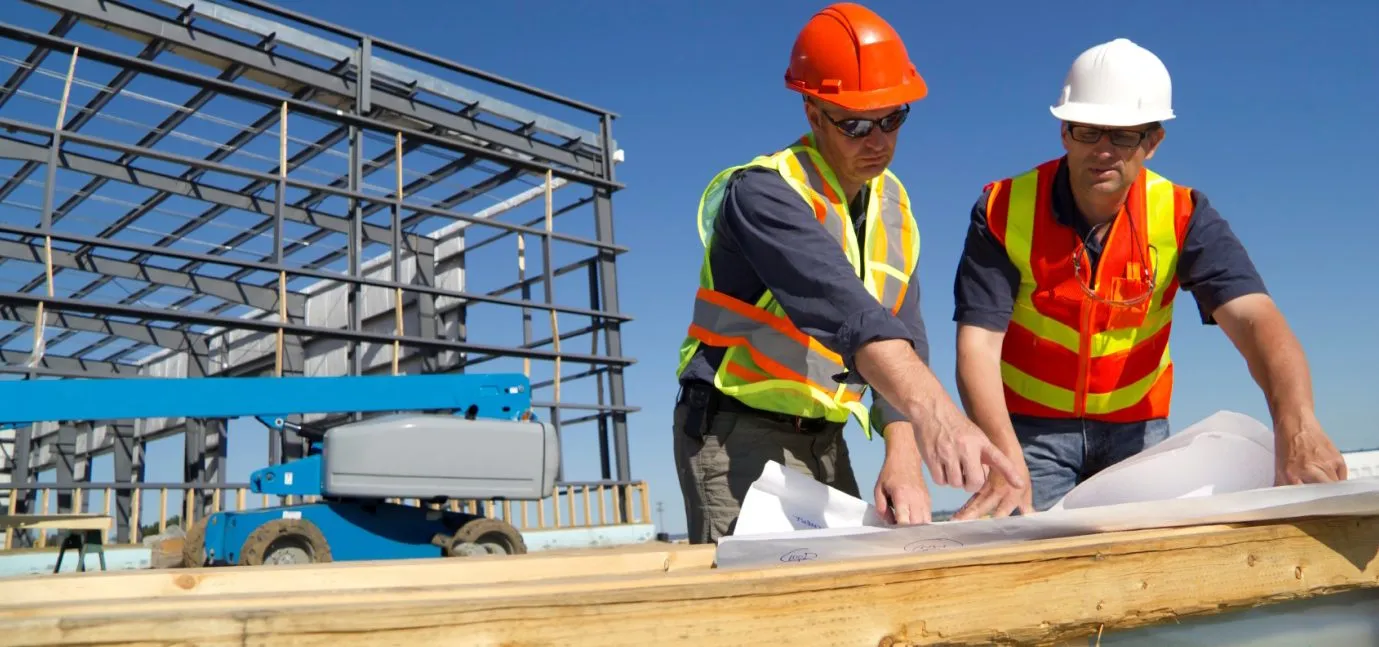
Construction Materials
Pipes in building construction serve diverse purposes, from plumbing to structural support, with each type offering unique benefits like durability, cost-efficiency, or corrosion resistance tailored to specific applications.
Known for strength and durability, these pipes (seamless or welded) handle extreme temperatures and pressures, ideal for plumbing, scaffolding, and industrial systems like petrochemical plants.
Durable and long-lasting (up to 100 years), these are used in sewerage, drainage, and storm drains but are prone to corrosion, making them less common today.
Coated with zinc for rust resistance, these cost-effective pipes suit fencing, railings, and water supply systems, requiring minimal maintenance.
Corrosion-resistant and sturdy, they’re used in automotive, agricultural, and architectural applications but may struggle in high-salt environments.
Versatile and durable, often steel-reinforced, these are used for drainage, sewage, and culverts, though installation can be complex.
Lightweight and flexible, ideal for electrical conduits and fluid transmission, but they can warp under high temperatures.
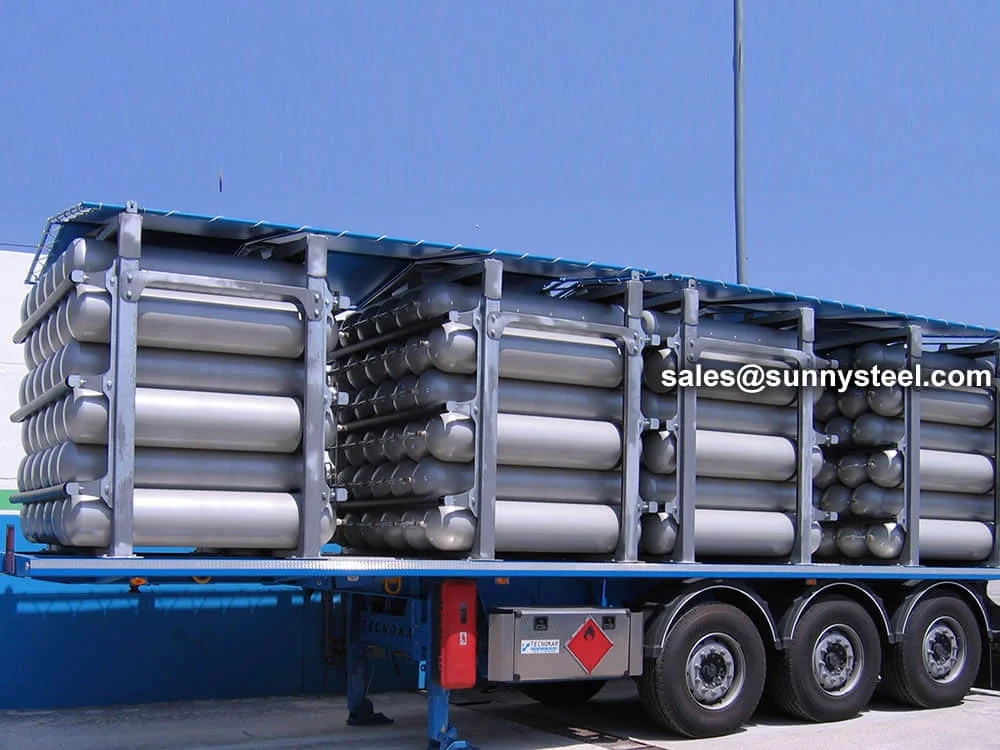
Steel pipe for gas cylinder offers high-strength, ...
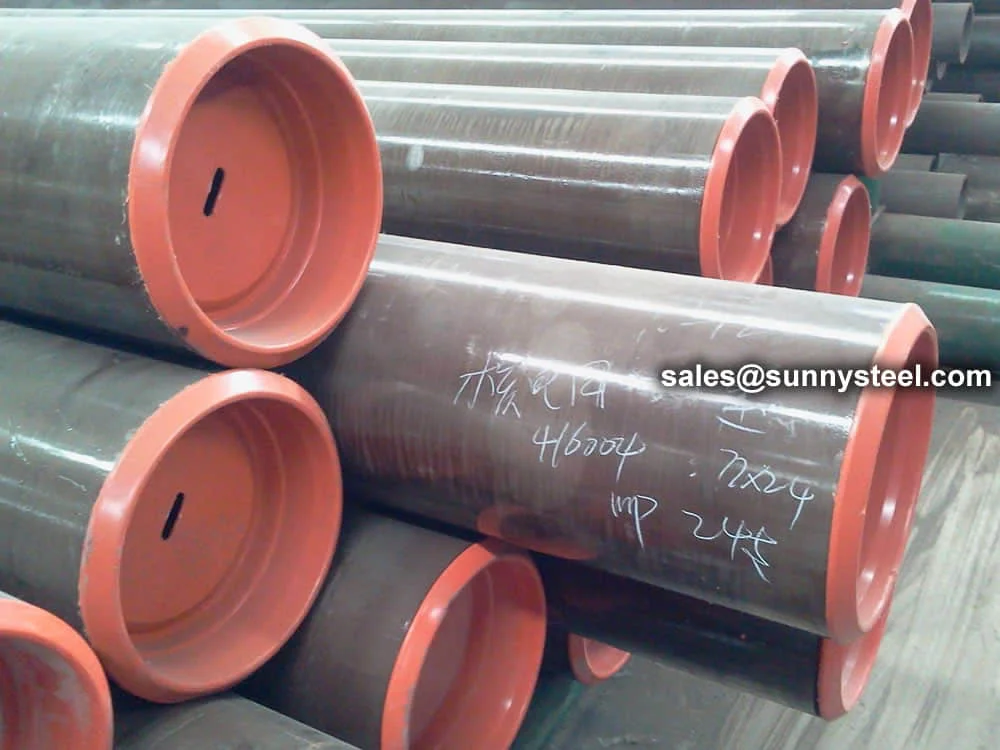
Seamless pipes for high-temperature applications o...
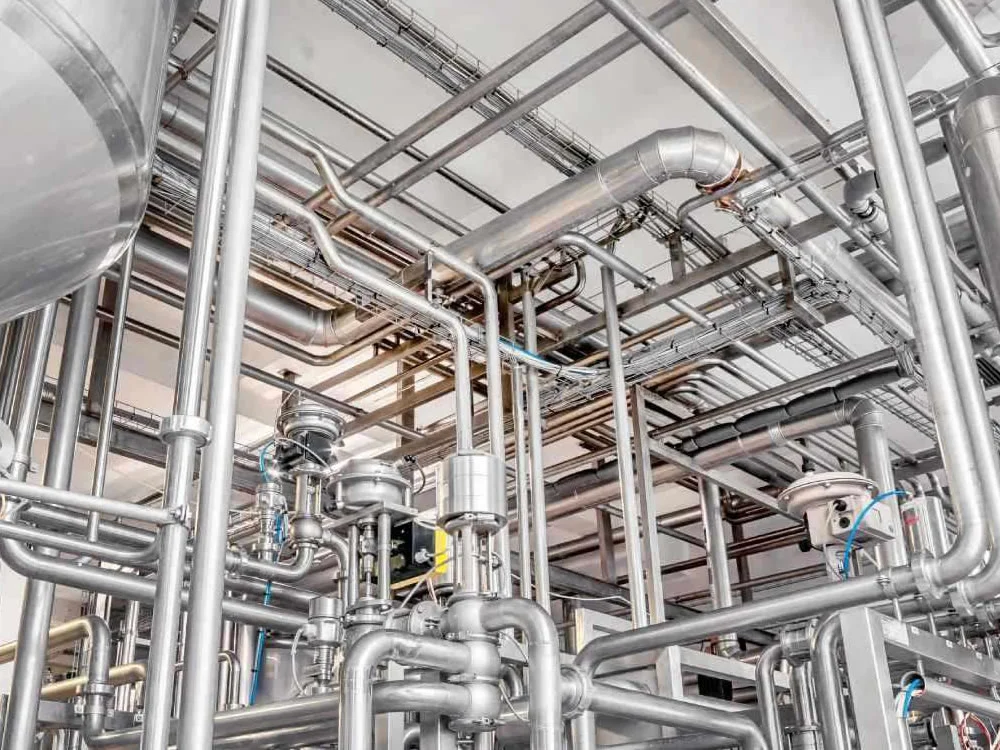
Pipes for chemical equipment provide exceptional c...